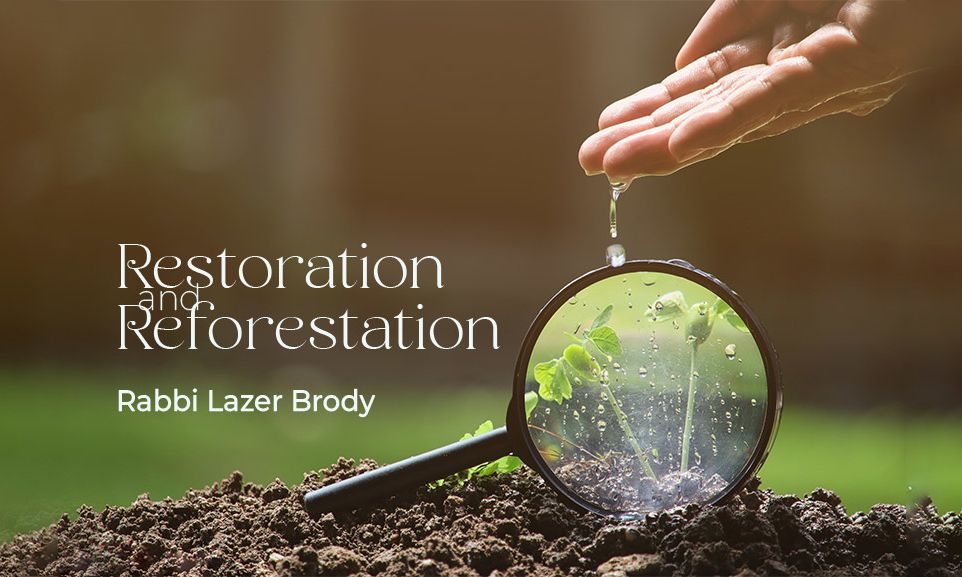
Tu B’Shvat: Restoration and Reforestation
Why does Judaism need a New Year for trees? Are we a bunch of green-peaceniks or something? Are we the watchdogs of civil liberties for trees?

The 15th day of the Hebrew month of Shvat is the New Year of trees. This week before Tu B’Shvat is also my annual opportunity to write about one of my favorite subjects, for a good part of my agriculture studies at The University of Maryland were devoted to deciduous orchards and forestry. Hashem also gave me the opportunity of planting hundreds of trees with my own two hands from the Golan to the Negev. Despite the hardships, I have nothing but sweet memories from my pre-teshuvah years as a tree-fruit farmer here in the exquisite Land of Israel. To this day, I love doing hitbodedut among the trees of the field. Rebbe Nachman of Breslev writes that when we pray to Hashem in personal prayer out in the field, the trees join in our prayers.
That’s all nice and sweet, you might say, but it still doesn’t explain why Judaism needs a New Year for trees. Are we a bunch of green-peaceniks or something? Are we the watchdogs of civil liberties for trees?
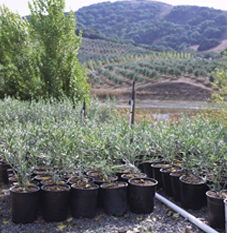 No, we are the trees. The Torah says, “Man is a tree of the field” (Deuteronomy 20:19). How so?
No, we are the trees. The Torah says, “Man is a tree of the field” (Deuteronomy 20:19). How so?
The Carmel fire from 2011 devastated more than 50,000 dunams (12,500 acres) of forests in Israel. Computing an average pine planting of nine square meters per tree, Israel lost nearly six million trees. A hauntingly familiar number, isn’t it?
Earlier this year, we lost another 3 million “green martyrs” in the Arbor Intifada.
The holy Ariza’l, the father of Kabbalah, explains the rationale behind the blessing of the trees we make each spring by saying that there is a reincarnated soul within each tree. I felt that as a farmer; I used to prune my peach trees with the love and pride that a great hairstylist does a coiffure for Miss America. My trees would repay me with phenomenal yields.
Yes, trees have souls. That means that we lost six million souls in the Carmel Fire.
Such is the story of being a Jew.
In Breslev Chassidut, we have a major concept known as hitchazkut, or personal strengthening. Rebbe Nachman and Rebbe Natan were the all-time masters of hitchazkut. They teach is that it doesn’t matter how hard or how often we fall; it matters how quickly we’re back on our feet.
A second important principle of hitchazkut is never to dwell on the past. Dust yourself off and move forward.
OK, there was a fire three years ago. The Inquiry Board said then that the Government should devote more resources to fire fighting. That’s true, but not most important (despite the fact that to the best of our knowledge, nothing much has been done in the last three years to beef-up Israel’s fire-fighting capacity).
After the Holocaust, the most important item on World Jewry’s agenda was to bring Jewish souls and plant them on our Holy Land of Israel. Here, we have seen an amazing rejuvenation and restoration of Torah Judaism in the last sixty years. Who would have dreamed of the nearly seven-figure Baal Teshuva movement, with mikvas and glatt-kosher stores in every neighborhood? Who would have dreamed of yeshivas and seminars in every town?
Tu B’Shvat teaches us not to cry about the past; to roll up our sleeves, grab our shovel and pick, and to start planting trees all over our gorgeous Homeland. The fire doesn’t matter anymore; it matters how fast every nursery and greenhouse can provide the seedlings we need to make our beloved Land of Israel thrive in glorious greenery. The reforestation is really a part of our national restoration.
Don’t forget that trees need rain. The Yerushalmi Talmud teaches us that emuna is conducive to rain.
Now look at the resulting beautiful spiritually-influenced chain of events: emuna brings rain, rain brings trees, trees bring the reforestation, and reforestation brings restoration. This is yet another way of showing that our entire lives as Jews in the Land of Israel depend on emuna.
Now we can understand how man is a tree in the field. Happy Tu B’Shvat. Let’s start planting…


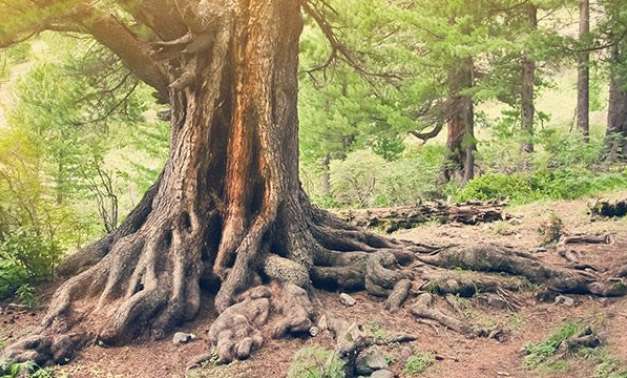
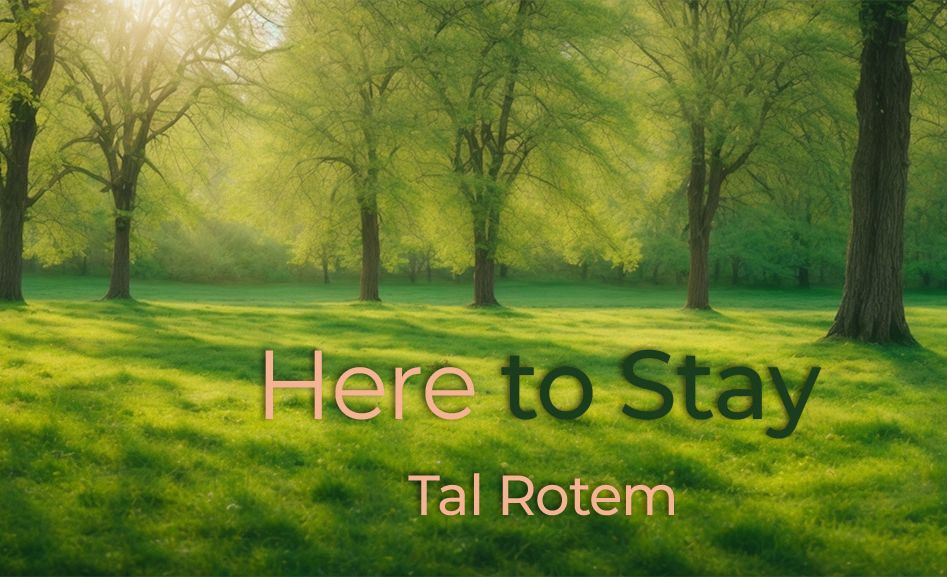
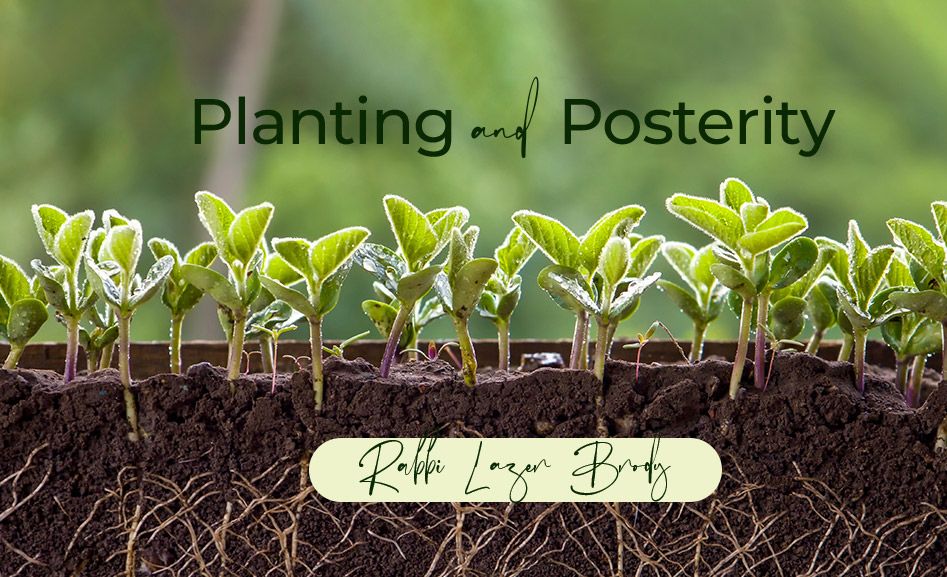



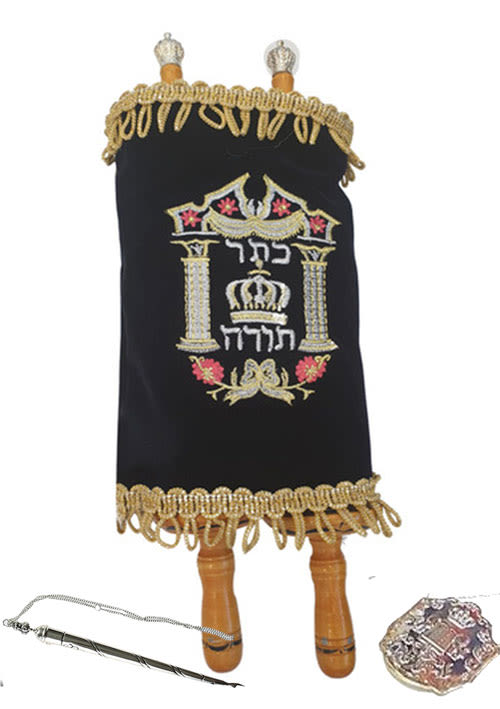
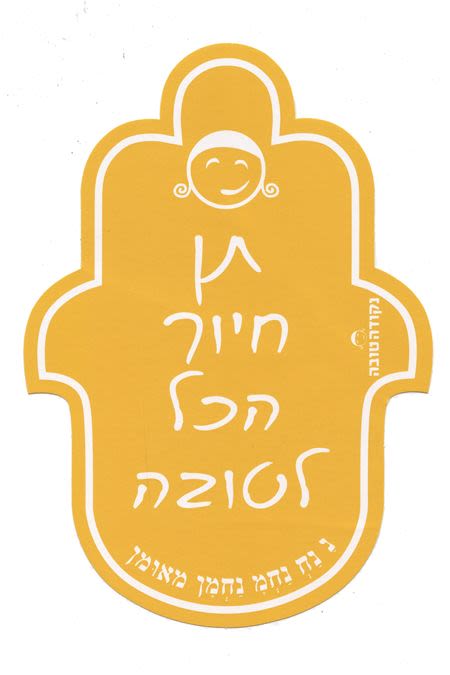

Tell us what you think!
Thank you for your comment!
It will be published after approval by the Editor.